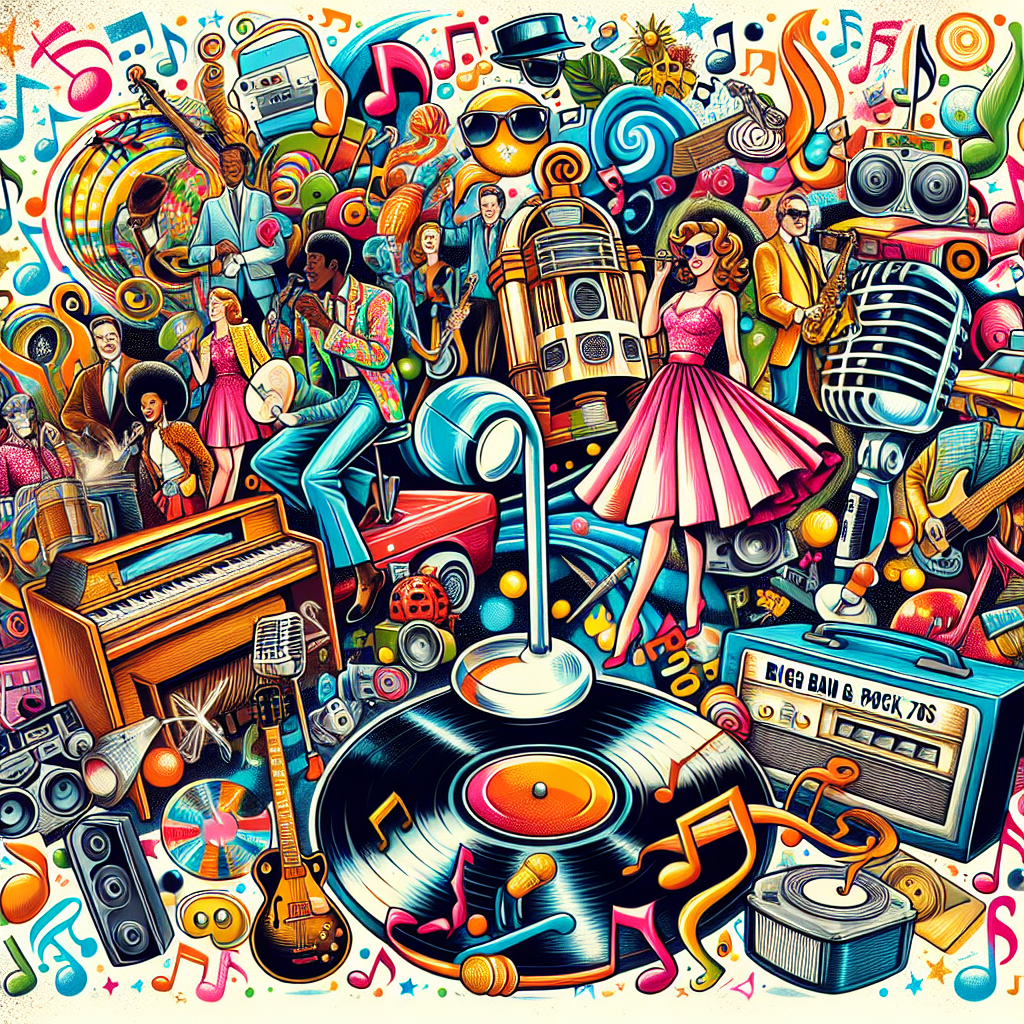Woodstock and other music festivals of the 1960s and 1970s left a lasting impact on our culture, fashion, technology, and even politics. These events brought people together through the power of music, creating a sense of unity and peace that transcended boundaries.
Music was at the heart of these festivals, with iconic performances by artists like Jimi Hendrix, Janis Joplin, The Who, and many others. Their music spoke to the social issues of the time, reflecting the turbulent political climate and calls for change. Songs like “Blowin’ in the Wind” by Bob Dylan and “Fortunate Son” by Creedence Clearwater Revival became anthems for a generation seeking justice and equality.
Culture also played a significant role in shaping these festivals. The counterculture movement of the 1960s rejected traditional norms and values, embracing new ideas of freedom, love, and peace. Woodstock embodied this spirit of rebellion against conformity, with its message of harmony and acceptance resonating with thousands of attendees.
Politicians took notice of these gatherings as well, recognizing the power of music to mobilize young people. Woodstock famously attracted over 400,000 attendees, making it one of the largest gatherings in history. Politicians began to see the potential for harnessing this energy for political purposes, leading to increased engagement with youth culture.
Fashion also played a key role in defining the look of these festivals. Hippie fashion became synonymous with peace symbols, tie-dye shirts, bell-bottom jeans, and flower crowns. This style represented a rejection of mainstream consumerism in favor of individual expression and creativity.
Technology also played a crucial role in enabling these events to reach larger audiences. Advances in sound systems allowed for clearer audio quality during performances, while film crews captured iconic moments on camera for future generations to enjoy. The rise of television brought these festivals into living rooms across America, further expanding their influence.
Overall, the legacy of music festivals from the 1960s and 1970s continues to inspire new generations today. The spirit of unity and peace that defined Woodstock lives on through modern-day events like Coachella and Bonnaroo. These festivals bring people together from all walks of life to celebrate music and art in an atmosphere of love and acceptance.
In conclusion, music festivals from the 1960s and 1970s have had a profound impact on our culture that reverberates to this day. Through their messages of peace, love, and unity, they continue to inspire us to come together as one community despite our differences. As we look back on these historic events with nostalgia and admiration, we can only hope that future generations will carry on their legacy for years to come.


Get involved!
Comments